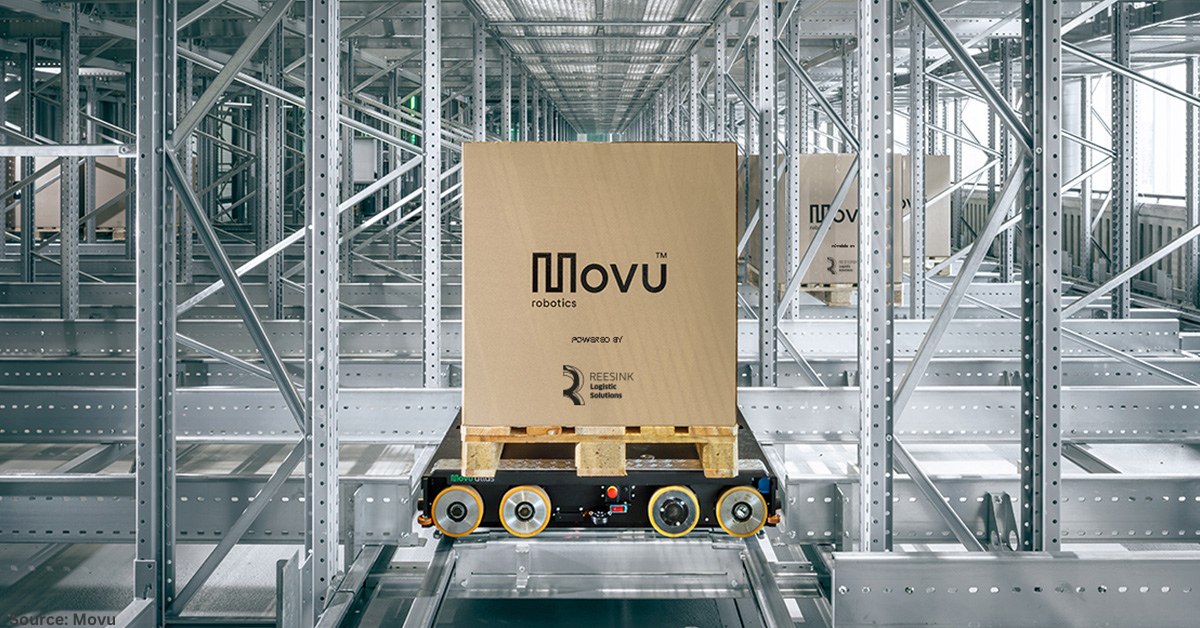In today’s competitive business landscape, effective procurement is crucial for organisations aiming to optimise their supply chain and gain a competitive edge. Efficient procurement practices not only help in cost reduction but also contribute to improved quality, increased operational efficiency, and enhanced supplier relationships.
This article explores five valuable tips for improving procurement performance to assist procurement professionals and organisations in their pursuit of excellence.
Tip 1: Foster Collaborative Supplier Relationships
Building strong and collaborative relationships with suppliers is vital for successful procurement. Establishing open lines of communication, understanding each other’s expectations, and sharing relevant information can foster trust and alignment. Encourage regular meetings, feedback sessions, and joint problem-solving to identify areas for improvement and drive innovation. A collaborative approach can lead to enhanced supplier performance, better negotiation outcomes, and long-term partnerships beneficial for both parties.
Tip 2: Embrace Technology and Automation
Incorporating technology and automation into procurement processes can significantly enhance efficiency and productivity. Implementing procurement software, e-procurement systems, and automated workflows streamlines tasks such as supplier selection, contract management, purchase order processing, and invoice reconciliation. Automation reduces manual errors, saves time, enables real-time data analysis, and improves overall accuracy. By embracing technology, procurement teams can focus on strategic activities, supplier relationship management, and value creation.
Tip 3: Implement Data-Driven Decision Making
Data is a powerful tool for improving procurement performance. By leveraging analytics and data-driven insights, organisations can make informed decisions, identify trends, and drive continuous improvement. Utilise key performance indicators (KPIs) to measure supplier performance, track cost savings, monitor delivery times, and assess quality levels. Effective data analysis can reveal areas of inefficiency, identify opportunities for cost optimisation, and enable proactive risk management. Emphasise the importance of data-driven decision-making within your procurement team.
Tip 4: Continuous Supplier Evaluation and Development
Regularly evaluating and developing your supplier base is essential for maintaining high procurement standards. Implement a robust supplier performance management system that assesses suppliers based on predefined metrics such as quality, delivery, responsiveness, and adherence to contractual terms. Conduct periodic supplier audits, performance reviews, and benchmarking exercises to identify areas for improvement and support supplier development initiatives. Nurture a culture of continuous improvement, encouraging suppliers to meet and exceed performance expectations.
Tip 5: Invest in Procurement Talent and Training
Investing in skilled procurement professionals and providing them with ongoing training opportunities is crucial for improving procurement performance. Procurement teams should possess a deep understanding of market dynamics, negotiation skills, contract management expertise, and knowledge of emerging procurement practices. Encourage professional development through training programs, industry certifications, and participation in conferences and workshops. By nurturing a capable and knowledgeable procurement workforce, organisations can unlock their full potential in procurement excellence.
Achieving superior procurement performance requires a strategic and holistic approach. Fostering collaborative relationships with suppliers, embracing technology and automation, implementing data-driven decision-making, continuously evaluating suppliers, and investing in procurement talent and training, organisations can drive efficiency, reduce costs, and gain a competitive advantage.
Incorporate these five tips into your procurement strategy and unlock the full potential of your procurement function, positioning your organisation for long-term success in today’s dynamic business environment.

























































Follow us on social media